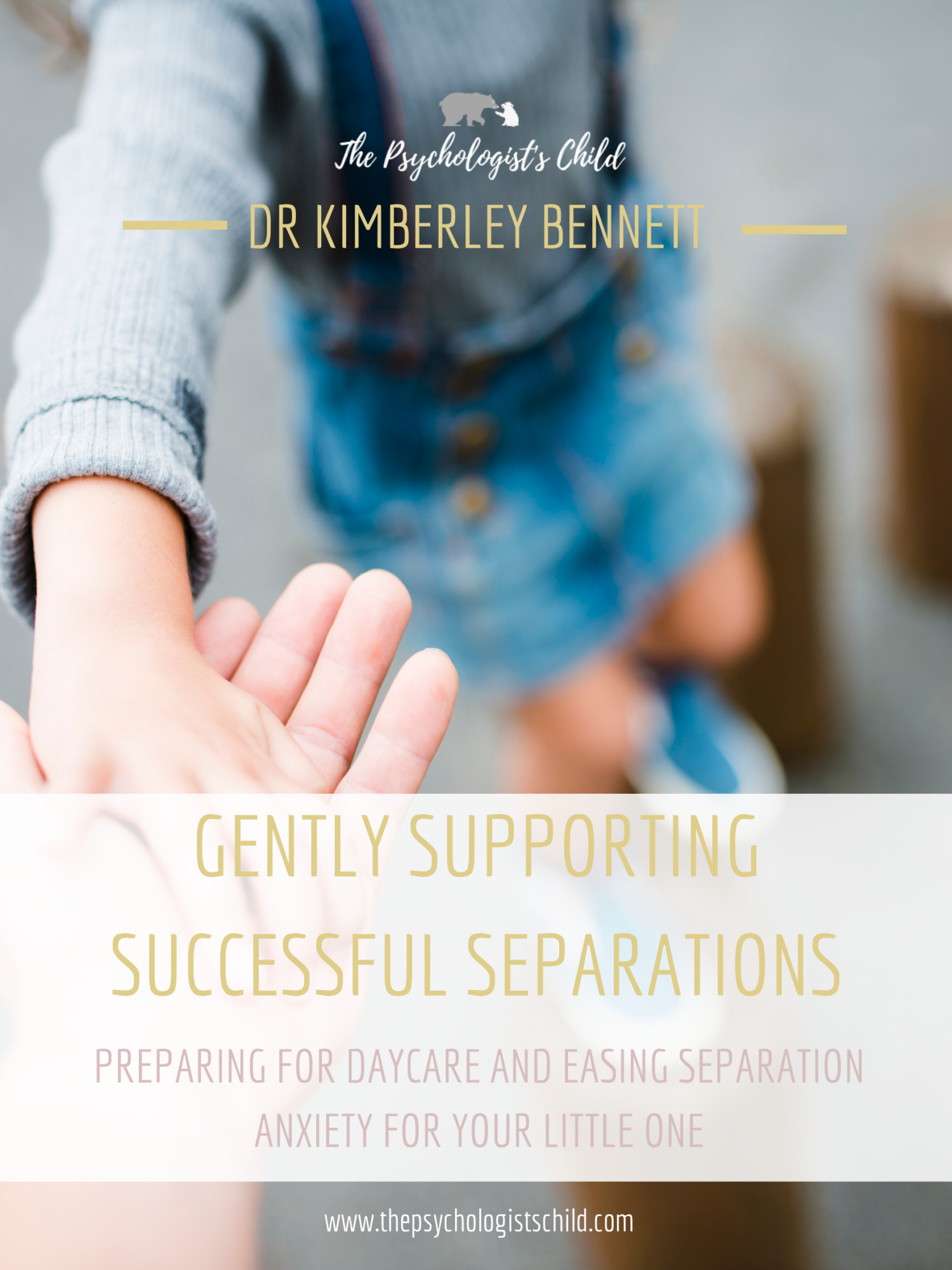The global pandemic has presented all sorts of new parenting challenges and made navigating typical transitions (like starting daycare or nursery) even trickier than usual for families. As a result of various lockdowns, our little ones have arguably never spent more time at home with their parents than during recent months. Their little worlds are smaller than they have ever been. Parent and baby classes cancelled, playdates postponed, family visits minimized. The daily routines of parents coming and going have been at a standstill and, as a result, our little ones have had fewer experiences of being apart from their immediate family, fewer experiences of being around others, fewer experiences of loud and busy spaces filled with other children.
Returning to work and transitioning the care of our little ones has always been an emotional step for families. Undeniably, it is an even bigger ask within the context of the current global pandemic. In addition to our little one's cocooned beginnings, there may continue to be procedures and restrictions in place within daycare settings to keep our families and our childcare workers safe. These may include restrictions such as parents no longer being allowed on site, settling-in sessions reduced or cancelled, and drop-off routines minimised. These restrictions are causing many parents additional worry as they undeniably make “successful separations” even more challenging for some little ones.
Why?
Because our most effective tool in ensuring our children transition safely and securely into the care of another, is by ensuring our child has had adequate opportunity to establish a relationship with one key person (their “key adult”) in the setting prior to any separations from their primary caregiver taking place.
Under normal circumstances I recommend parent and child visit a new childcare setting together on three occasions (before any separations take place), to focus on positive interactions between the child, the key-adult, and the parent. As a parent, you are a gateway to the new relationships your child forms. It is helpful if we can give our child the message that “this new person is someone that we trust,” so that our child can accept this person as someone that they trust to take care of them when we are not there. We want our child to accept this person into their inner circle, and that may be a little harder right now.
So what else can we do?
- If these initial meeting cannot take place within the setting, perhaps you could suggest meeting the key-adult outside or in your family home.
- Request photos of the key-adult (enjoying an interaction with your child if possible). Display these photos somewhere where your child can touch and explore them, like on the fridge. In the lead-up to the transition you want to talk to your child about their keyworker fondly, as you would an extended member of the family or a close friend. Use their name and point out “sameness” or shared interests...
"I thought it was so thoughtful that Miss Lauren had animals out for you to play with. She must love animals as much as you do!"
- Request little videos of your child's new key adult. Ask them to personalise the videos by using your child's name. Suggest that they talk about things they might enjoy together with your child (what is your child's love language? Trucks? Water table? Dinosaurs?). Ask them to sing your child's favourite song on video or read your little one a favourite story. Remember that little ones attach through “sameness” so this will really support their budding relationship.
- If your child is old enough, make little drawings and artwork for your child to "give" to their key adult. It doesn't matter whether they give these gifts or not, but in creating them we are nurturing a connection between this person and our little one. We are giving our child the message that this person is important to our family.
The second really important thing that we can do to support successful separations for our little ones? Build up time apart gradually.
In light of covid-19 restrictions, parents often cannot be as physically available to their child while this new relationship is being established. It is therefore even more important that we keep separations brief initially, to ensure that they are as stress free as possible for the child. Initially, the parent should remain nearby (even sat outside in their car) so that they are available to calm and soothe their little one if required. Short separations will give the child the opportunity to get to know their new caregiver gradually. To build their relationship organically; to understand that separations and reunions are predictable and that they can cope with being apart from you successfully.
And finally, take some time to reflect on your feelings around this transition. Parenting during a global pandemic may have felt intense and exhausting. Returning to work or transitioning your little one to the care of another adult can bring up so many emotions. Try to find some space for self-care through all of this... as impossible as that may seem. When we nurture ourselves, we are better able to nurture our children.
I wish you so much luck and every success if you are navigating these big transitions soon.

Sign up today for unlimited access:
- Book appointments
- Expert advice & tips
- Premium videos & audio
- Curated parenting newsletters
- Chat with your bloss community
- Discounts & competitions
- Special events




Leave a Rating / Review
You must be logged in to post a comment.